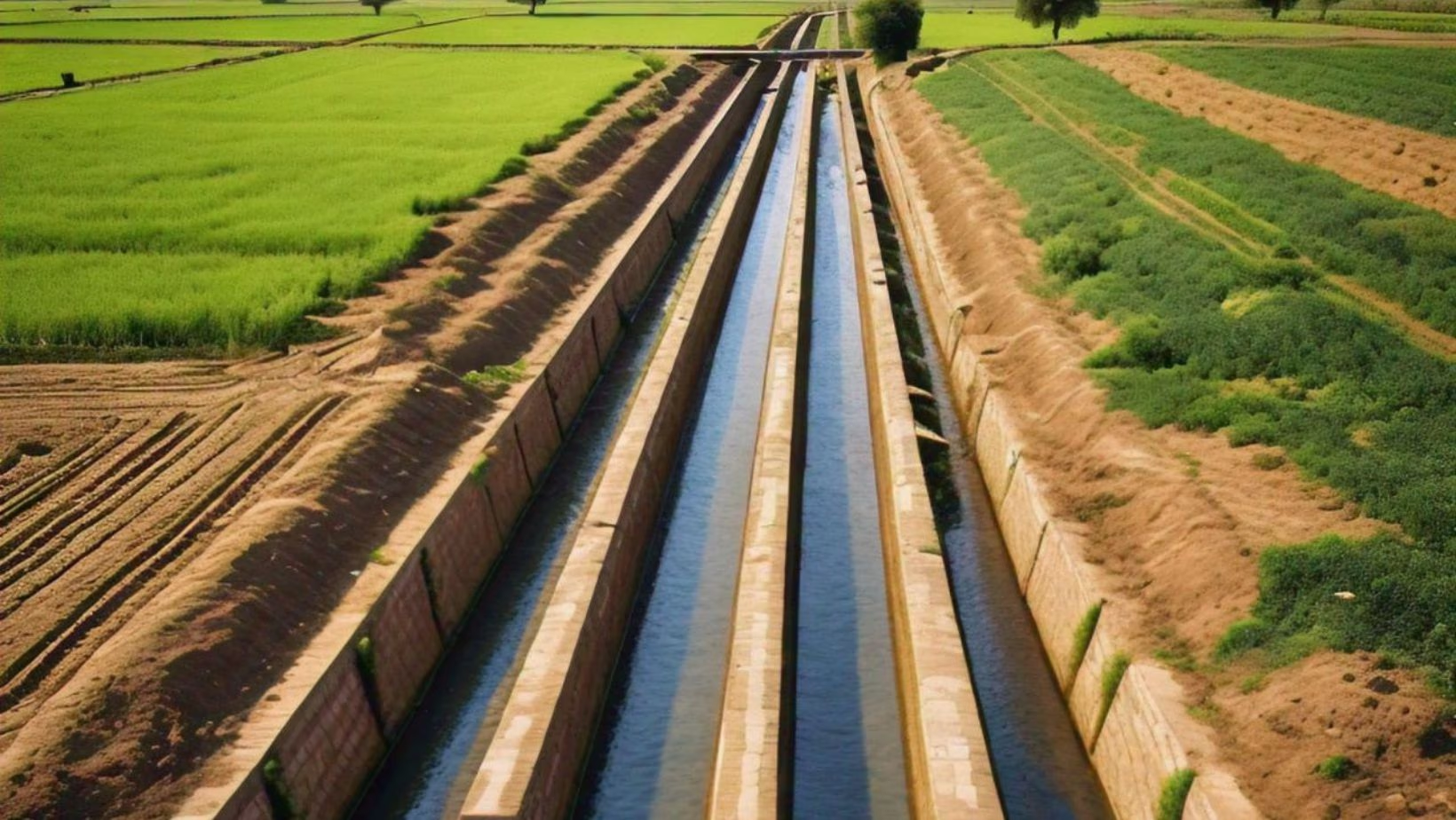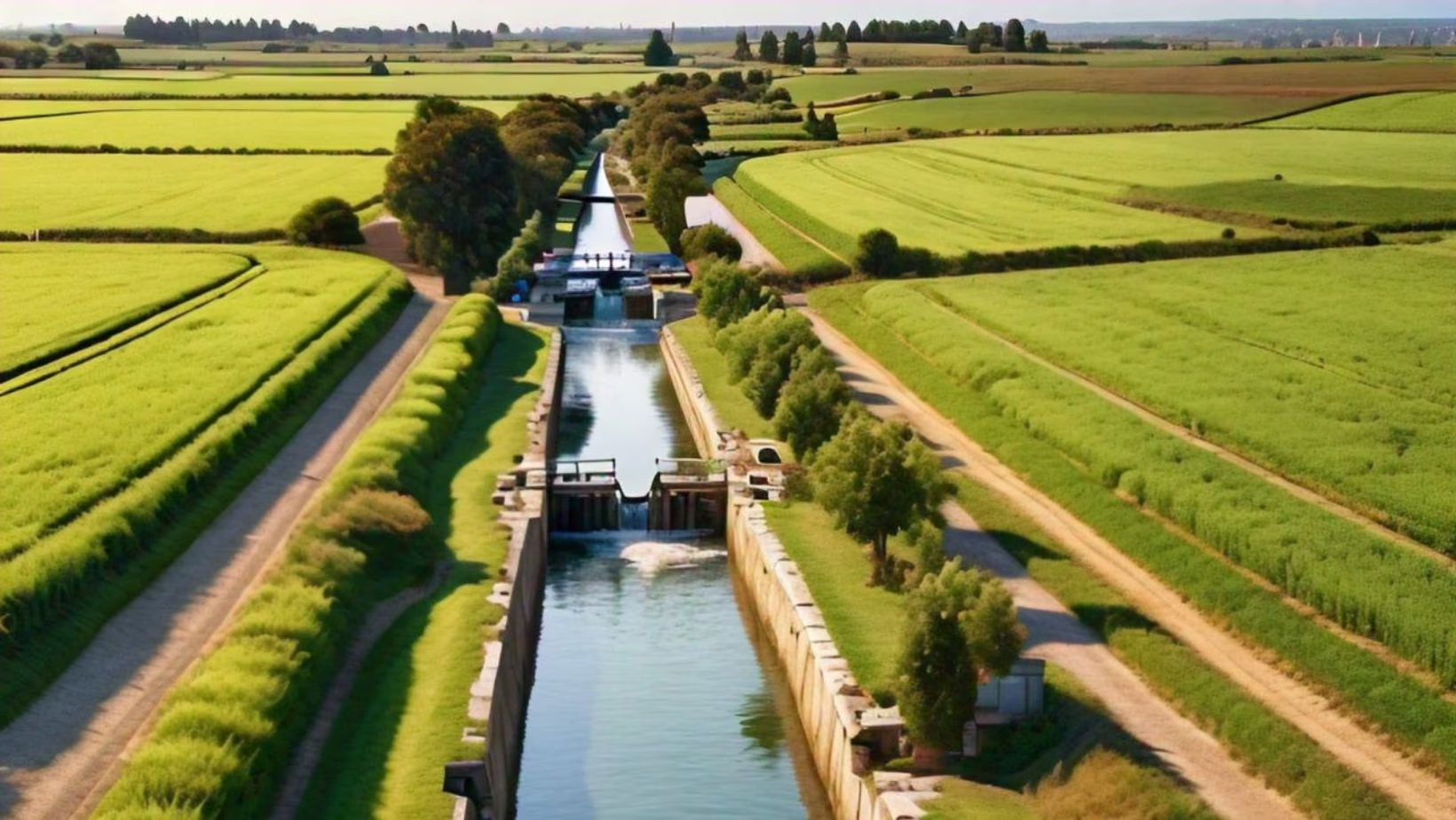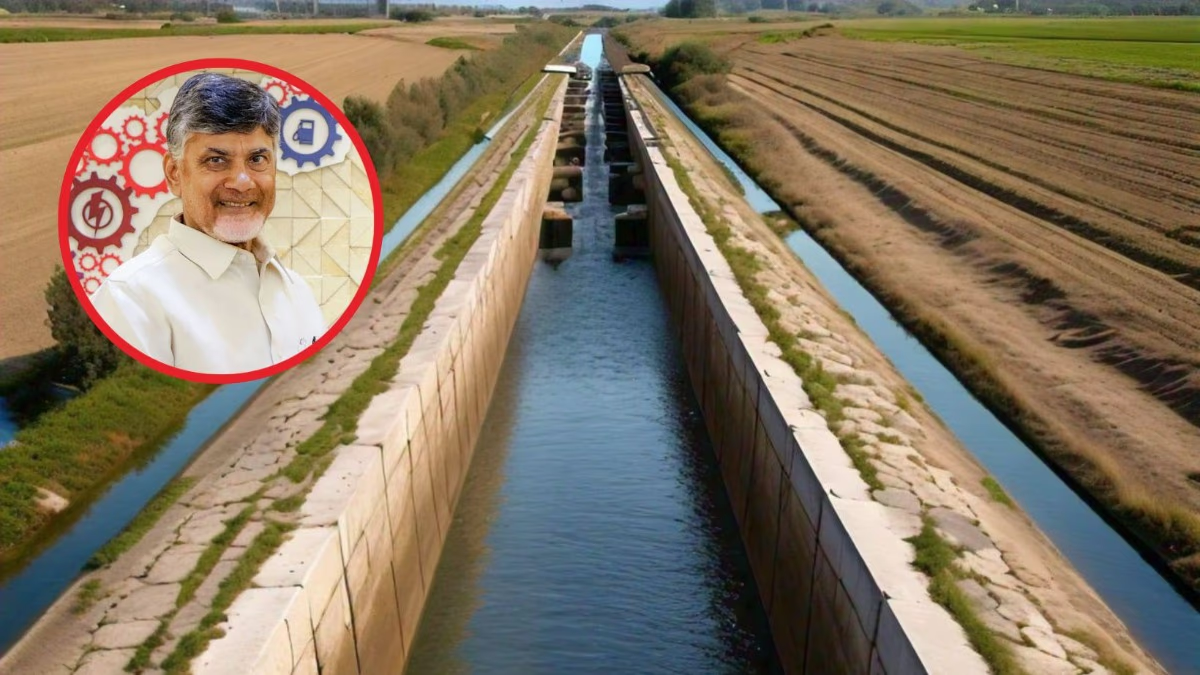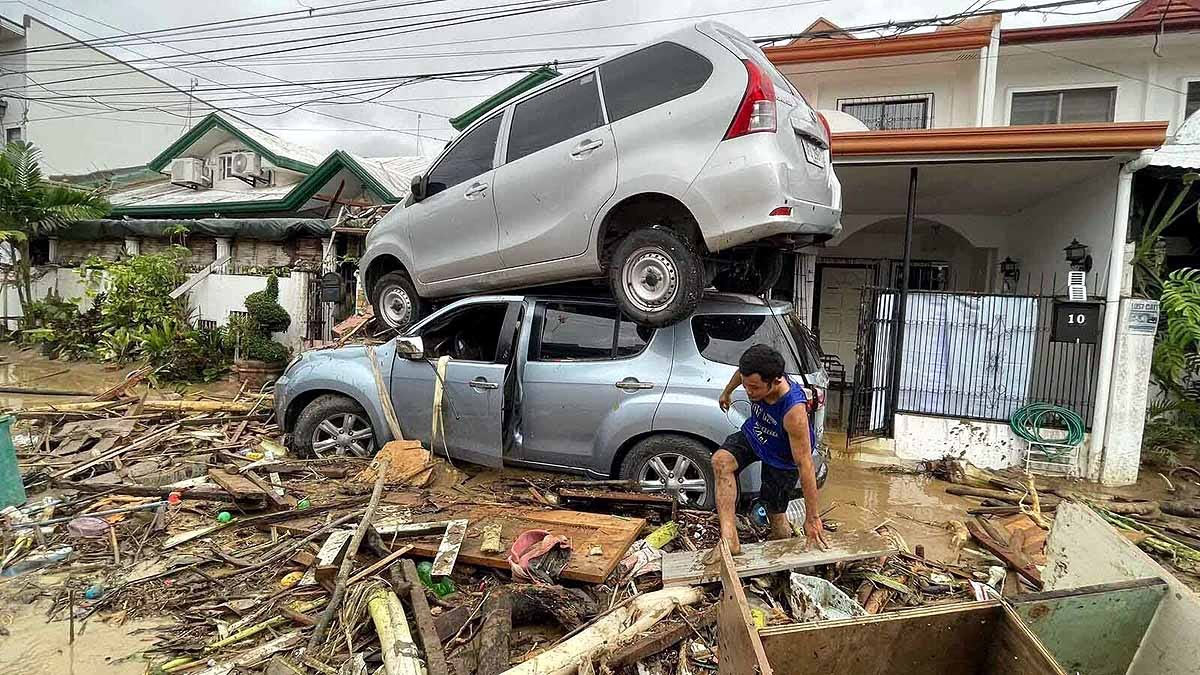The Andhra Pradesh Capital Region Development Authority (CRDA) made several pivotal decisions on state development projects Monday. Among these, the Naidu government's choice to incorporate the Netherlands' Gravity Canal System as a flood management tool drew widespread attention. Chief Minister Chandrababu Naidu chaired this meeting himself.
Conditions Set by World Bank
The Municipal Administration and Urban Development Minister, P. Narayana, stated that the World Bank has agreed to release 15,000 crore rupees for Amaravati. However, it has urged the state government to speed up the implementation of its flood prevention plans. The September floods in Vijayawada created an urgent issue in the capital region, prompting the state government to address it as a priority.
What Is the Naidu Government Doing?
He explained the construction of reservoirs spanning 217 kilometers across Amaravati and its environs. Gravity Canal Reservoirs are being developed in Kondavetivu and Palavagudu, while storage reservoirs are underway in Nirukonda, Krishnayapalem, Sakhamuru, and Undavalli.
The Netherlands has a storied history in water management through canal systems. With the use of gravity, water is channeled from rivers or canals to fields or reservoirs. In April 2017, Dutch consultants, alongside TCS, submitted designs for reservoirs and internal waterways for Amaravati.
What Is the Gravity Canal System?
The Gravity Canal System fundamentally serves as a drainage and irrigation network that leverages gravitational forces. Water travels through canals from higher to lower ground naturally, eliminating the need for pumping and external energy. This natural flow makes the water movement efficient and sustainable.

Source: aajtak
(This image elucidates the canal system/ Meta AI)
Why Is the Gravity Canal System Special?
This system's brilliance lies in its reliance on gravity. Water flows naturally without the need for energy sources, primarily serving irrigation purposes. Channels within this system efficiently transport water to fields, offering a cost-effective solution due to its non-reliance on pumps.
In India, multiple irrigation projects utilize the Gravity Canal System, like the Ganga Canal and the Indraprastha Canal, providing necessary water supply to farmers. This system's environmentally friendly nature owes to its non-requirement for electricity.
How Does the System Help in Flood Prevention?
The Gravity Canal System assists in flood prevention to some extent. Primarily designed for drainage and irrigation, it controls water levels in rivers or reservoirs by directing excess water to designated areas. As a result, surplus flood water can be safely diverted out of vulnerable areas, reducing pressure on rivers and reservoirs. This regulated water flow helps prevent immediate overflow into lower regions, thus mitigating flood impacts.

Source: aajtak
(Photo: Meta AI)
Flood Issues in Andhra Pradesh
Monsoon season inundates many regions in Andhra Pradesh, leading to flooding situations. Heavy rainfall results in flooding in the catchment areas of the Godavari, Krishna, Vamsadhara, and Nagavali, with even small rivers occasionally flooding. Cyclones are a principal cause of heavy rains leading to floods. Historical floods like the 2006 Godavari, 2009 Krishna, and more recent 2018 and 2019 events have showcased the state's vulnerability to significant flooding events.
For Andhra Pradesh, utilizing an energy-efficient and environmental-friendly system like the Gravity Canal could indeed be a pivotal step towards reducing flood risks. Learning from the Netherlands’ expertise in water management, the state's efforts might lead to revolutionary irrigation and flood prevention solutions, benefiting not only their agriculture sector but also their overall environmental sustainability.




